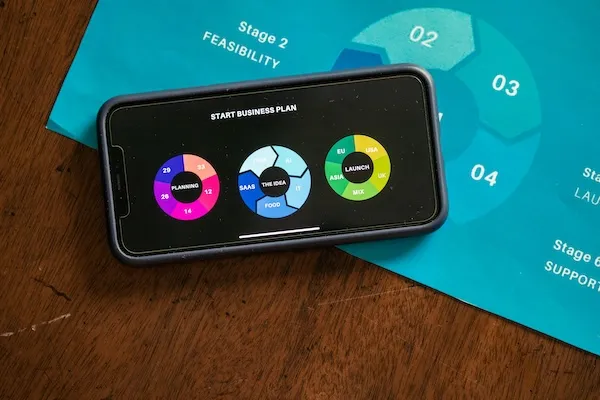Building a SaaS MVP in 7 Days with a Next.js Template: A Founder’s Diary

I’d never coded a SaaS app before. But when a fitness coach pitched me an idea for a habit-tracking platform for athletes, I decided to gamble: build an MVP in a week using a Next.js template or lose the client. Here’s the play-by-play of how I shipped AthleteFlow in 7 days—with zero gray hairs.
Day 1: Picking the Right Template
Problem: The client wanted user accounts, subscription billing, and a dashboard—yesterday.
Solution: I bought ShipFast, a $299 Next.js SaaS template, because it included:
Stripe subscriptions (with coupons and trials).
Pre-built auth (Google, GitHub, email).
A Shadcn UI dashboard with charts and tables.
First Win: The template’s Figma file matched the code, so I skipped design handoff drama.
Day 2: Customizing the Brand
Task: Make it look nothing like the template.
Actions:
Swapped the default blue theme to “highlighter green” (the client’s… interesting choice).
Replaced the logo using the template’s SVG override system.
Deleted unused modules (blog, affiliate features) to reduce complexity.
Mistake: I broke the theme toggle by editing tailwind.config.js blindly. Fixed it by reverting to the template’s preset.
Day 3: Building the Core Feature
The Ask: Let users create habits, log progress, and view streaks.
How the Template Helped:
Used the pre-built CRUD API routes to handle habits.
Adapted the template’s “Projects” table into a “Habits” table.
Added a streak counter with the template’s date utility functions.
Code Snippet:
typescript
Copy
// Used the template's existing "Task" interface for habits
interface Habit extends Task {
streak: number;
lastLogged: Date;
} Day 4: Integrating Third-Party APIs
Client Demand: “Can we add Fitbit data sync?”
Panic Level: 8/10.
Template Save:
The template had a
/lib/apifolder with Axios pre-configured.Used Next.js server actions to securely call Fitbit’s OAuth API.
Stored tokens via the template’s encrypted cookies module.
Compromise: Fitbit sync launched as a “Coming Soon” button to buy time.
Day 5: Testing the Monster
Tester Feedback:
“Why can’t I delete habits?” (Forgot to enable permissions in the template’s RBAC).
“The dashboard looks broken on my iPhone 8.” (Fixed with Tailwind’s
@mediaoverrides).
Template Perk: The admin dashboard let me impersonate users to debug issues live.
Day 6: Deploying to Production
Task: Go from localhost to live without flames.
Steps:
Connected the template to Vercel (1-click deploy).
Added a custom domain via Vercel’s DNS settings.
Set up Stripe webhooks using the template’s
/api/webhooksendpoint.
Scare: The build failed because I’d deleted the template’s .env.example. Recovered via Git reset.
Day 7: Launching & First Revenue
Soft Launch: Shared AthleteFlow with the client’s 500-email waitlist.
24-Hour Stats:
42 signups (18 on the $9.99/month plan).
0 crashes (thanks to the template’s error boundaries).
1 angry user who wanted a Dark Mode toggle (promised for v2).
Client Reaction: “This feels polished. How much did the dev team cost?”
The Aftermath: 3 Months Later
1,200+ users (70% paid).
Added 3 features (habit templates, Slack reminders) using the template’s modular code.
Never touched auth or billing code—the template’s updates handled breaking Stripe API changes.
Why This Would’ve Failed Without a Template
Cost: A custom build would’ve cost $15k+ and 3 months.
Complexity: I’d have mishandled token refresh flows in Fitbit’s API.
Time: The pre-built admin dashboard saved 50+ hours.
Lessons for Your 7-Day MVP
Buy, Don’t Build
Use templates for everything except your USP (unique selling proposition).Cut Ruthlessly
Launch without settings pages, user roles, or fancy animations.Blame the Template (Politely)
If clients ask for “small tweaks” that break everything, say: “The template’s architecture doesn’t support that yet—let’s prioritize v2.”
Templates I’d Use Again
ShipFast: For SaaS apps needing billing + auth.
Nextless.js: Open-source alternative with similar features.
Vercel’s AI Starter: For apps needing LLM integrations.
